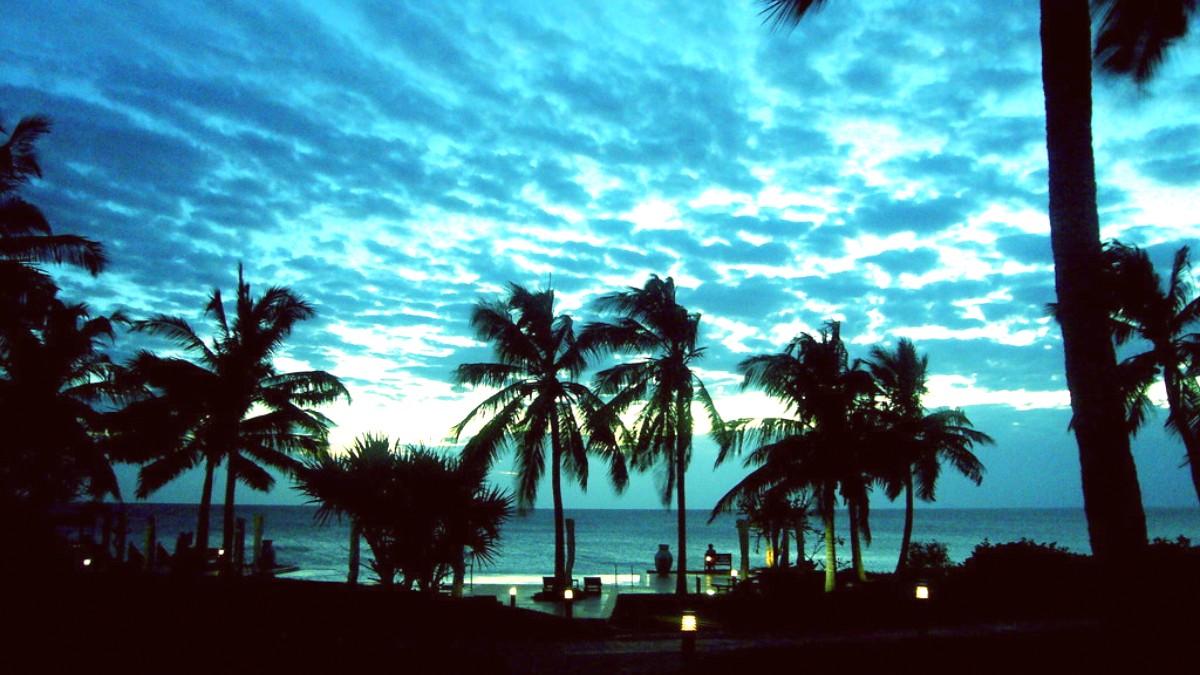
Mozambique
The Bazaruto Archipelago lies off the coast of Mozambique, within the Inhambane Province. This chain of islands, a protected marine park, includes Bazaruto, Benguerra, Magaruque, Santa Carolina (also known as Paradise Island), and Bangué. These islands stretch across a vast expanse of clear, turquoise water, making them a haven for marine biodiversity.
The surrounding waters form the Bazaruto Archipelago National Park, a protected area since 1971. This park safeguards a wide array of habitats, including coral reefs, seagrass beds, and mangrove forests, which support a diverse population of marine life.
The islands themselves feature a mix of coastal forests, grasslands, and wetlands, giving homes for various bird species and small terrestrial animals. The unspoiled nature of these islands, far from dense human settlements, preserves their quiet allure and ecological worth.
The history of the Bazaruto Archipelago is deeply intertwined with the maritime trade routes of the Indian Ocean and the colonial past of Mozambique. For centuries, these islands served as stopping points for Arab traders sailing along the East African coast. Their influence, alongside local African communities, shaped the early cultural fabric of the region.
Later, Portuguese explorers arrived, and Mozambique became a Portuguese colony. During the colonial era, the islands saw some development, including the construction of a hotel and even a small prison on Santa Carolina Island, remnants of which are still visible today. These structures, now in ruins, offer a glimpse into a past era. The Bazaruto Lighthouse on Bazaruto Island, built over a century ago, also is a testament to the island's role in guiding ships through these waters.
The creation of the Bazaruto Archipelago National Park marked a pivotal moment. This designation recognized the unique ecological value of the islands and their surrounding waters.
Its purpose was to protect diverse marine ecosystems, including coral reefs and seagrass beds.
The park protects the dugong population. Dugongs, a vulnerable marine mammal, find one of their last viable strongholds in the seagrass meadows of Bazaruto.
Conservation efforts continue today, with partnerships aiming to preserve this natural heritage for future generations.
The history of the islands moves from ancient trade routes to colonial outposts, and finally to a symbol of marine conservation.
The history of the Bazaruto Archipelago is deeply intertwined with the maritime trade routes of the Indian Ocean and the colonial past of Mozambique. For centuries, these islands served as stopping points for Arab traders sailing along the East African coast. Their influence, alongside local African communities, shaped the early cultural fabric of the region.
Later, Portuguese explorers arrived, and Mozambique became a Portuguese colony. During the colonial era, the islands saw some development, including the construction of a hotel and even a small prison on Santa Carolina Island, remnants of which are still visible today.
These structures, now in ruins, offer a glimpse into a past era. The Bazaruto Lighthouse on Bazaruto Island, built over a century ago, also is a testament to the island's role in guiding ships through these waters.
The history of the islands, therefore, moves from ancient trade routes to colonial outposts, and finally to a symbol of marine conservation.
The Bazaruto Archipelago projects an image of paradise. It is a premier destination for those seeking tranquility, natural beauty, and adventure in a refined setting.
Here are defining characteristics of this remarkable place:
The entire archipelago is a protected national park, ensuring its coral reefs, clear waters, and abundant marine life remain undisturbed. This commitment to conservation safeguards habitats for various species.
The main islands host a selection of high-end, all-inclusive lodges. These properties offer secluded villas, personalized service, and direct ocean access, making for a private escape.
The archipelago offers diving and snorkeling opportunities. Snorkelers enjoy clear visibility near the reefs and sandbanks.
Big game fishing attracts anglers seeking marlin, sailfish, and other large pelagic species. Fishing charters operate from the lodges.